The gymnastics champion sprang to stardom at the 1984 Olympics, where she became the first American woman to win a gold medal in the all-around competition. Her family is raising money online, saying she lacks health insurance.

May Lou Retton at the 1984 Olympics, where she won five medals.
Mary Lou Retton, who became one of the most popular athletes in the country after winning the all-around women’s gymnastics competition at the 1984 Summer Olympics in Los Angeles, has pneumonia and is “fighting for her life” in the intensive care unit, her daughter said in a statement this week.
Retton’s daughter McKenna Lane Kelley said on Instagram that her mother “is not able to breathe on her own” and that she had been in the intensive care unit for more than a week.
Kelley asked for donations to help pay for her mother’s hospital bills, saying her mother lacked health insurance. By Wednesday, she had raised more than $260,000 online from more than 4,600 donors.
She did not share more specific information about her mother’s condition, though she said that her pneumonia was “a very rare form.” It was not clear what hospital Retton was in.
Kelley, who was a gymnast at Louisiana State University, did not immediately respond to a message seeking comment on Tuesday.
On Wednesday, another daughter, Shayla Kelley Schrepfer, released a video on Instagram thanking people for “all the love and support that you’ve given to my mom.”
“She’s still fighting,” Schrepfer said. “It’s going to be a day-by-day process, and we hope that you guys will respect her boundaries, as we want to keep the details between her and our family right now. She has been treated with the best of the best professionals here, and it has been such a blessing to have their hands on her.”
At the 1984 Olympics, Retton became the first American woman to win the all-around gold medal or any individual Olympic medal in gymnastics. Going into the final rotation of the competition, she was five-hundredths of a point behind Romania’s Ecaterina Szabo, and the only way she could beat Szabo was to score a perfect 10 on vault.
Retton scored a perfect 10.
She won five medals in Los Angeles, including two silvers, for team and vault, and two bronzes, for uneven bars and floor exercise.

Though there was an asterisk by Retton’s victory in the history books — the Soviet Union, which was the most dominant force in women’s gymnastics at the time, boycotted the 1984 Games — it nonetheless made her a sports hero in the United States. In addition to earning her the traditional trappings of Olympic gold, like appearing on a Wheaties box, she was widely viewed as an inspiration to a new generation of American girls entering gymnastics.
Even as the American gymnastics program grew and the country won more medals, including the team gold in 1996, Retton’s prominence remained: For 20 years, Retton, now 55, was the only American woman to win the all-around title, until Carly Patterson became the second in 2004.
Retton was born in Fairmont, W.Va., and got her start early, like many top gymnasts. By the time Retton was 7 years old, she was training in gymnastics full-time.
Retton’s talent had been apparent from the start, but a big break came at an Olympics elimination tournament in Reno, Nev., in 1982, where she impressed Bela Karolyi, who would go on to coach her in the 1984 Olympics.
“I immediately recognized the tremendous physical potential of this little kid,” Karolyi said in a March 1984 interview.
Retton appeared in a number of films and TV shows in the late 1980s and 1990s, including the comedy film “Scrooged.”
After her athletic career, Retton became a motivational speaker to promote the benefits of proper nutrition and regular exercise.
Test: Find the Hidden Characters in Less Than 5 Seconds
There are different ways to train your mind, and one of them is by doing visual challenges. To get you started and test your observation skills, we created a series of cards. Are you ready to play? All you have to do is to find the letters and numbers hidden in them in the shortest time possible.
At Now I’ve Seen Everything, we want to know how fast you can find the differences. Don’t forget to click on every image to find out the right answer. At the end, let us know your results.
1. Find the 3 Ps.
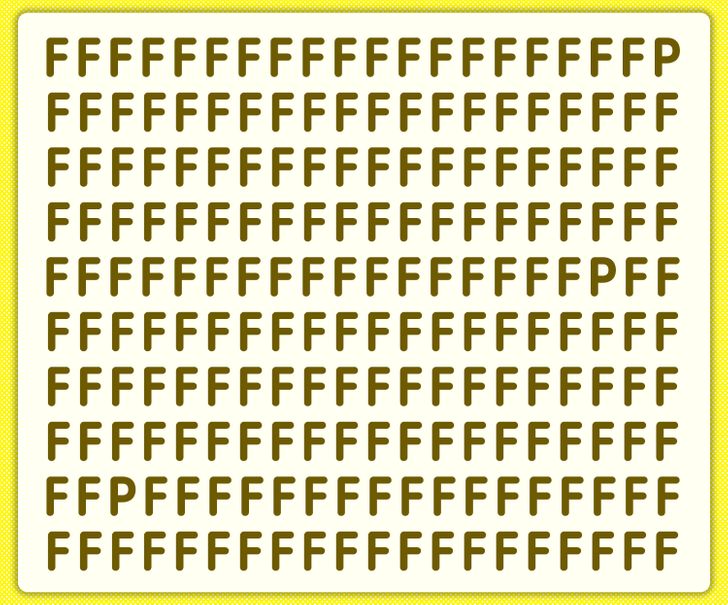
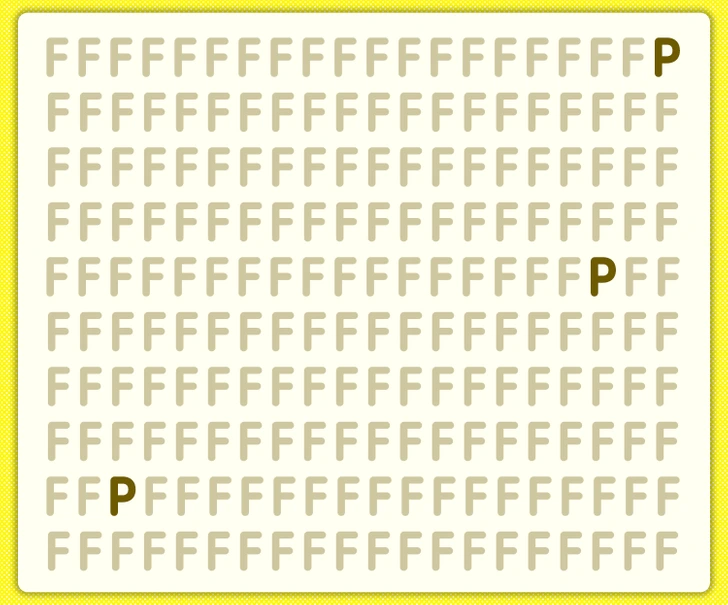
2. There are 4 Xs here, can you find them?
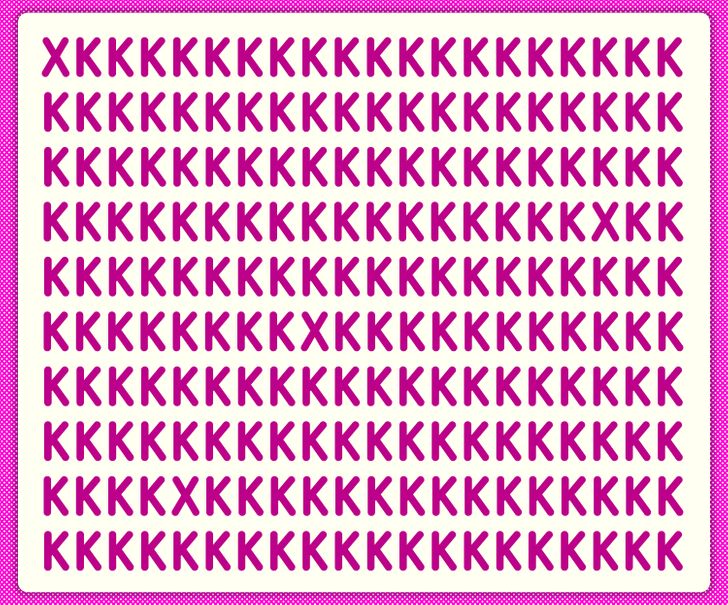
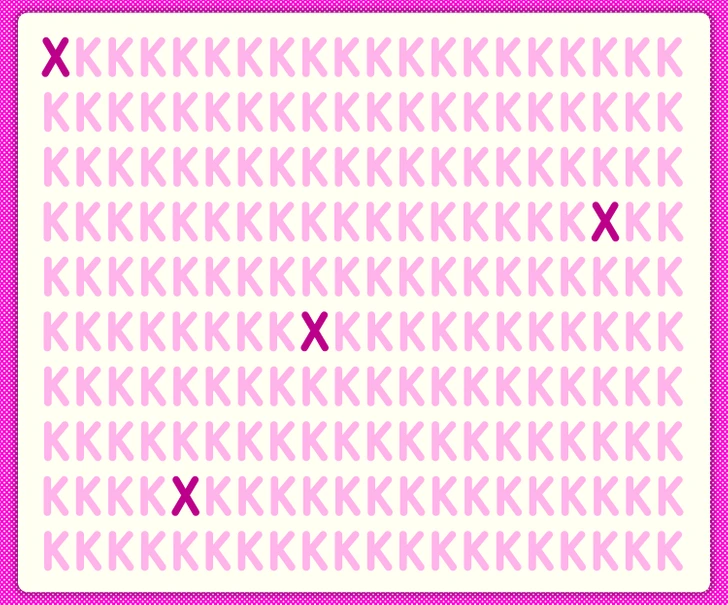
3. We hid 2 Ns.
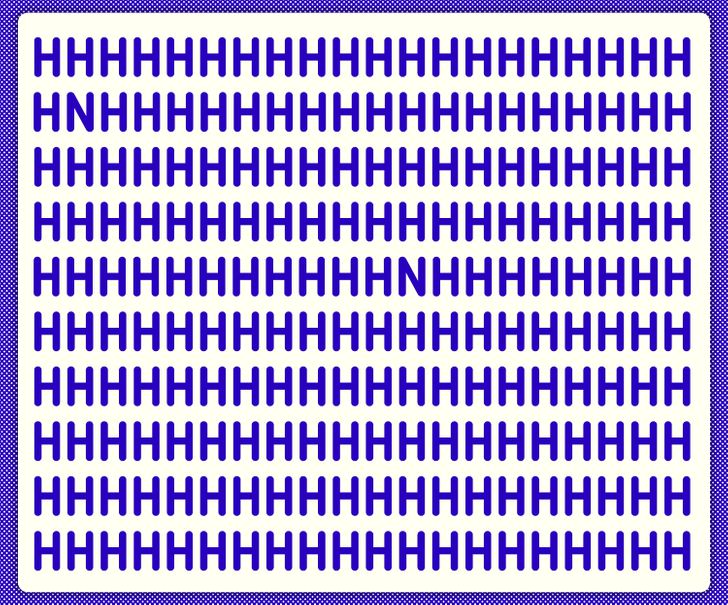

4. How many 3s do you see?


5. Can you see the 2 Ds?
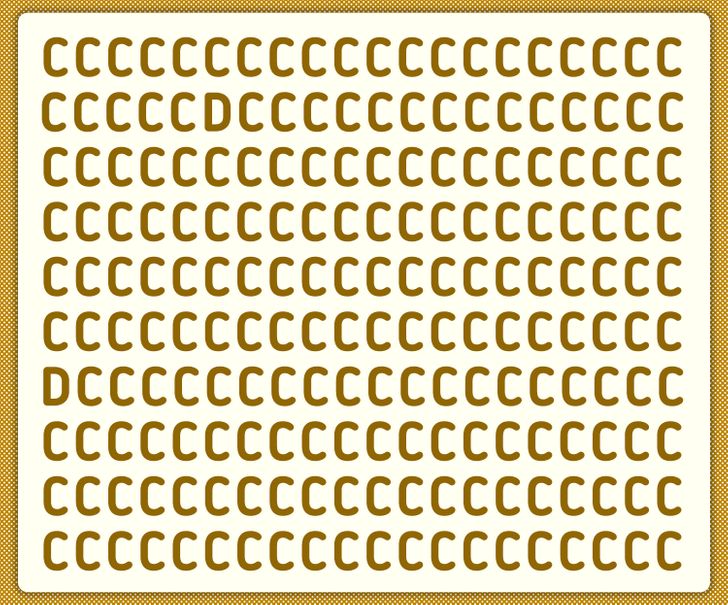

Did you manage find them all in less than 5 seconds each? Challenge your friends and share your results in the comments.



Leave a Reply